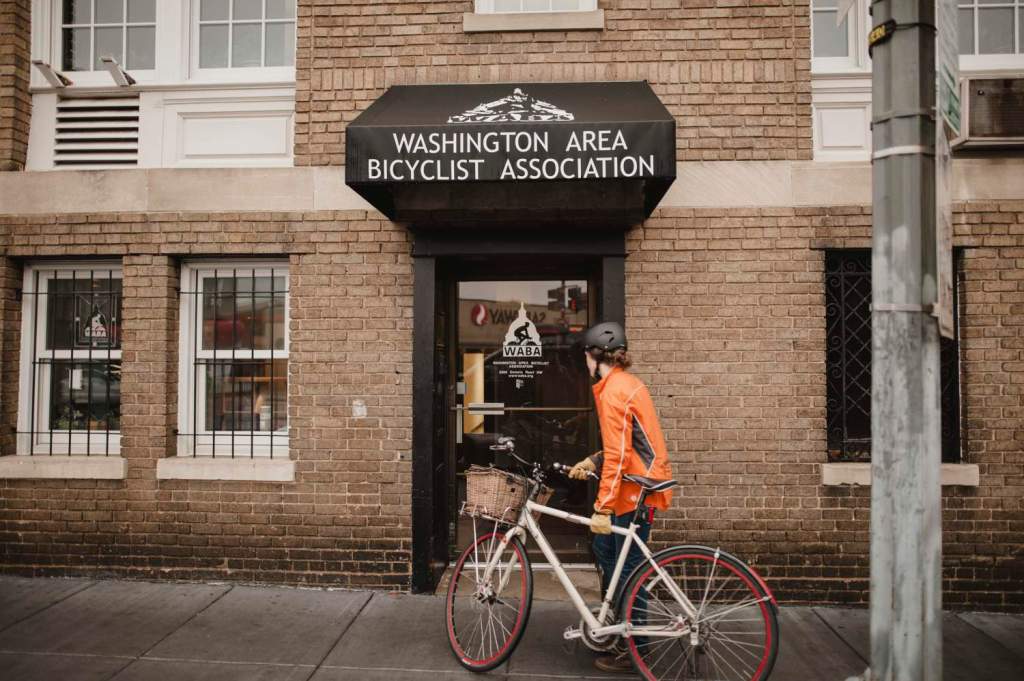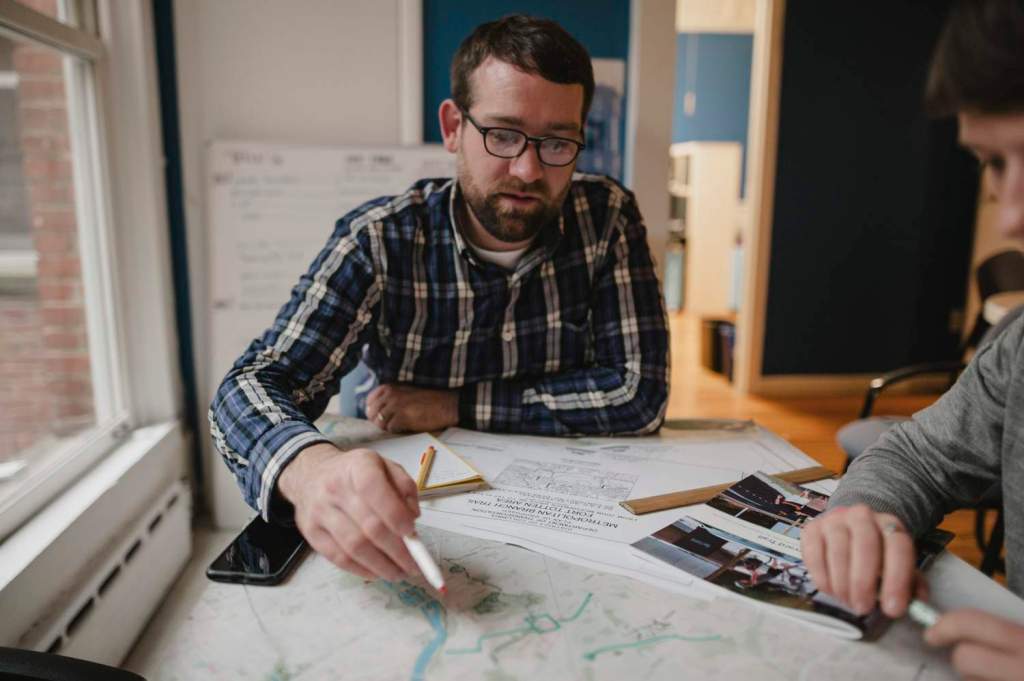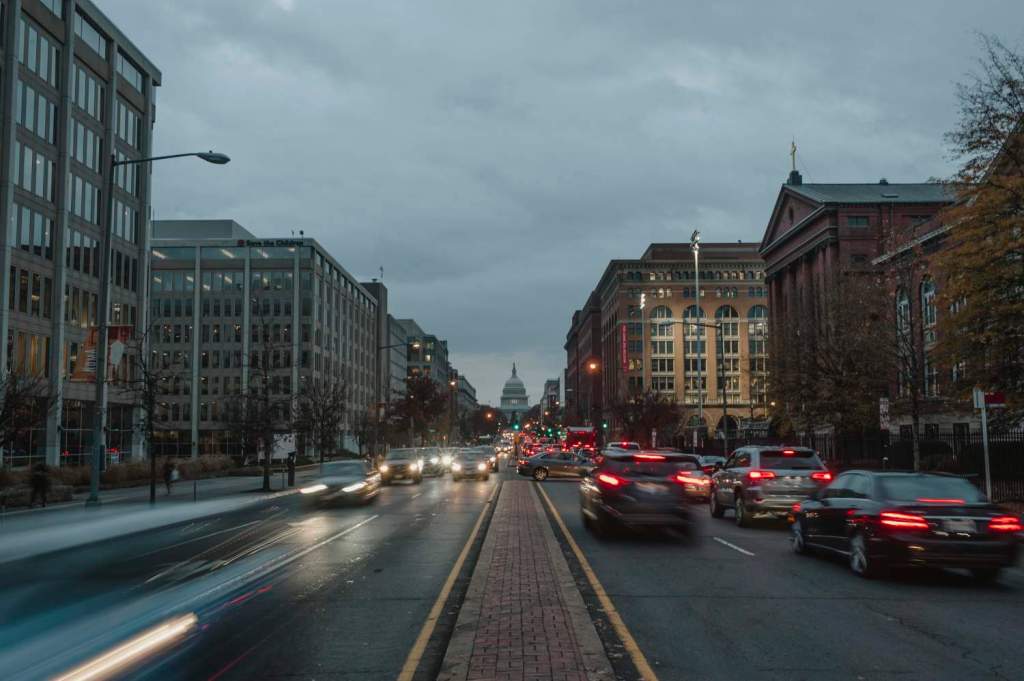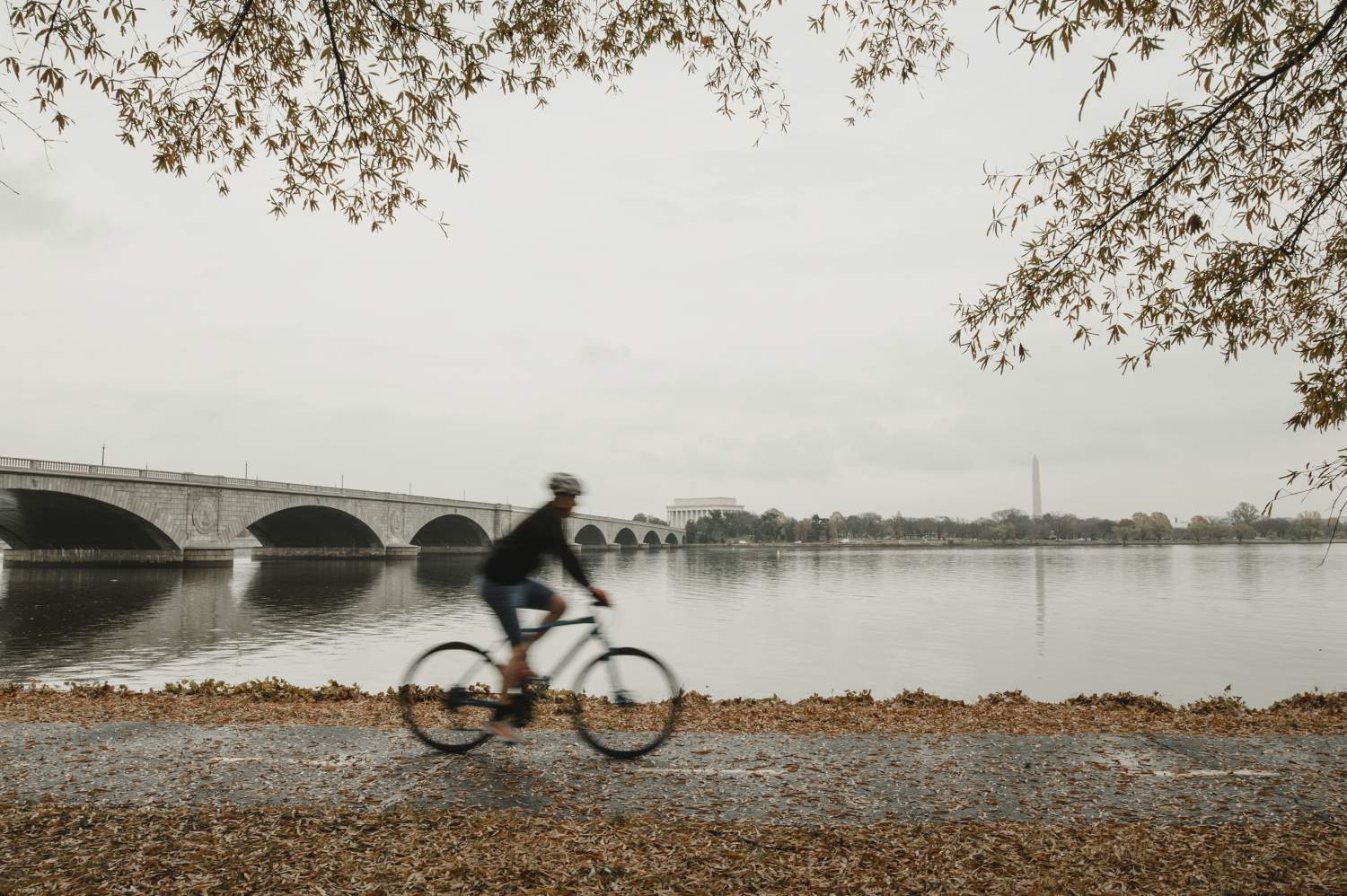What if every U.S. city linked its urban core with surrounding suburban cities and prime outdoor recreation? And, what if city trails became the standard gateway to access the outdoors for all by improving community connections, health, quality of life, economic development and safe alternative commute options?
Luckily a coalition of diverse urban leaders, planners, politicians, nonprofits and citizens is emerging to make this vision a reality.
The latest transformation is happening in Washington, D.C. REI is working with the Capital Trails Coalition and Washington Area Bicyclist Association (WABA) to rewrite the city’s traffic patterns and unlock a healthier, more connected community. D.C.’s Capital Trails Coalition is creating a 20-year plan that will create one of the largest trail networks in the U.S. and stand as a template for other American cities.

The centerpiece of the effort is a comprehensive network of hundreds of miles of multiuse pathways throughout D.C., Virginia and Maryland, offering users easy access to parklands, museums, offices, hospitals and shops. The new trail network will feature world-class amenities, such as easily accessible trailheads, ample signage and wayfinding maps, comfort stations, public art, and interpretive signs articulating historic sites and natural environments.
This regional initiative builds on 360 miles of trails that already exist, but which remain disconnected. And the work will impact every corner of the District, including underserved neighborhoods like Anacostia and Fort Lincoln that have historically struggled to get support for this type of infrastructure. Washington, D.C. is a prime candidate for this bike/pedestrian-led renaissance.

“This Rewilding Project will fundamentally rewire the way that my city gets around. D.C. is already one of the best cities in the country for biking. But the Capital Trails Coalition sets a vision for it to be one of the best cycling cities in the world.”
—Matt Liddle, D.C. manager for REI Outdoor Programs
D.C. is relatively flat, and nearly 39 percent of its residents don’t own cars. Early efforts to get more people on bikes, like the Capital Bikeshare program, have been a huge success—last year alone, D.C. residents took more 3 million trips on the city’s European-inspired red bicycles.

But there are also serious challenges, which are requiring D.C. community leaders to collaborate. High-traffic roads like New York Avenue create gaps between safe, protected bike lanes and effectively lock off entire sections of the city from bike commuters. That makes it harder for people to get to work, green spaces and school. Any effort to build new trail involves navigating multiple jurisdictions, as sections of the land are managed by the D.C. Department of Transportation, Maryland’s Prince George and Montgomery counties, jurisdictions in Virginia—including the City of Alexandria and Arlington and Fairfax counties—and six different units of the National Park Service.
D.C.’s unlocked potential, as well as the complex path to building a connected community, make it an ideal fit for REI’s Rewilding Project. The Rewilding Project supports multi-year projects that help dramatically reshape how large urban areas connect with the outdoors. In D.C., REI is supporting the Capital Trail Coalition with a $500,000 grant over four years, and is working directly with WABA to help bring this vision to life.

Greg Billing, executive director for WABA, planning bike infrastructure in D.C.
In 2014, REI sponsored WABA’s second-annual D.C. Trails Summit, where WABA laid out an ambitious plan—creating a bike infrastructure in D.C. that rivals that of renowned bike-first cities such as Copenhagen. Greg Billing, executive director for WABA, recalls a key moment in that meeting. “I stood up and said, ‘Look, we want to create a coalition to work on this big vision and these are the kinds of things we want to do together.’ And a number of people stood up and said that they wanted to be part of it, that they wanted to be founding members. It was a real tent-revival moment,” recalls Greg.
“I want the process to be as transparent as possible. Every decision that we make, every conversation that we have, is captured so that other cities can learn from that process.”
—Katie Harris, trail coalition coordinator for the WABA
That meeting set D.C. on the course to radically reimagine the city’s infrastructure. Regional and national organizations and government agencies—including the National Park Service, Rails-to-Trails Conservancy and the American Public Health Association—all agreed to work together.

Only two years later, D.C. residents from across the region are at the table co-creating a vision of a more-connected city.
Fort Lincoln in D.C.’s Ward 5 sits at the intersection of numerous busy roads. Though the area boasts more than 100,000 square feet of retail space, there’s no safe passage for non-motorists, and public transport is a time-consuming hassle. So when Robert Looper ran for Ward 5 Advisory Neighborhood Commissioner in 2014, dedicated cycling routes were part of his grassroots-defined campaign. He won in a landslide, and joined the work of the Capital Trails Coalition.

The proposed plan now covers neighboring Wards 7 and 8 in addition to Looper’s Ward 5, bringing much-needed resources to other underserved parts of the city. “Good jobs in D.C. typically take an hour and a half for my residents to reach via public transit,” says Looper, “and when this work is realized they’ll just hop on their bikes to get there. I want to make sure the city recognizes that this is not just about building infrastructure, but that it affects people’s lives and how they get around.”
There are currently five Rewilding Project efforts underway: in the San Francisco area, Los Angeles, Chicago and Seattle, in addition to D.C. These grants are part of a larger REI community impact effort that invested $9M in nonprofits across the country in 2016.
Take a look at our grant programs, currently in the works.
Bay Area Ridge Trail: When complete, the multi-use Bay Area Ridge Trail will total 550 miles and circumnavigate the Bay Area, serving 8 million people. Currently, 365 miles of the trail are open to the public. Our investment is helping accelerate this project’s completion by increasing the organization’s capacity and supporting efforts to convene key stakeholders in order to increase alignment and awareness about this regional project.
Washington, D.C., Multiuse Trail Connectivity: Our half-million-dollar investment over four years is supporting the completion of a regional multiuse trail network in the Washington, D.C., area. Our support of the Washington Area Bicyclist Association (WABA), Rails-to-Trails Conservancy and The Trust for Public Lands will accelerate the bold vision of a regional trail network: connecting existing trails with new ones so that more communities, especially those underserved, can access outdoor recreation and alternative transportation.
Southeast Chicago: REI’s investment is supporting the long-term transformation of the Calumet area from brownfields and industrial lands into a thriving outdoor recreation hub. Specific work includes: development of the 278-acre Big Marsh property to create one of the biggest mountain-bike parks in the country, mixed-use trails, paddling opportunities and much more; developing a brand for the area that will bring awareness to the new outdoor recreation opportunities; and, transportation planning to connect communities to Big Marsh and otherwise improve access. Our partners are the Chicago Park District, Active Transportation Alliance and Friends of Big Marsh.
San Gabriel Mountains National Monument: The San Gabriel Mountains National Monument in the Angeles National Forest provides recreational opportunities for millions of people in the Los Angeles area. Our investment in the National Forest Foundation and The Wilderness Society supports sustainable access to the San Gabriels, restoring and rerouting trails, enhancing recreation infrastructure, and increasing connectivity between the city and this special place by linking urban trails and developing alternative transportation.
Seattle-area Duwamish River Valley Trail Connectivity: This project seeks to advance environmental justice, address racial and neighborhood-level disparities, reduce health inequities, and create stronger economic opportunities through trail and open space connectivity. When complete, there will be a 15-mile mixed-use trail from the downtown Seattle waterfront to South Park and Georgetown. This project will fill a significant gap in Seattle’s urban trail system, and it represents the first phase of building a city-wide network to connect every neighborhood with the larger regional trail system. Our partners include: Seattle Parks Foundation, Forterra, Cascade Bicycle Club, Trust for Public Land, and Mountains to Sound Greenway.
Photography by Carina Skrobecki.


